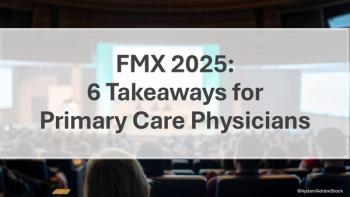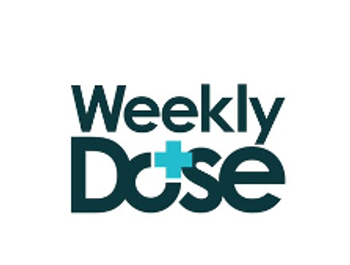Senior author Dhruv Kazi, MD, MSc, MS
Tailored Diabetes Risk Assessment May Reduce Racial/Ethnic Disparities in Diagnosis
Lowering thresholds for BMI value and age of first diabetes screening among large US minority populations could greatly increase rates of diagnosis and improve care.
A single screening threshold for type 2 diabetes (T2D) is “alluring but deeply inequitable,” according to authors of a new study that found using a lower body mass index (BMI) and younger ages at which to begin
Study authors, a team from Beth Israel Deaconess Medical Center (BIDMC) in Boston, write that prevalence of T2D is higher in US minority populations, that they are less likely to be aware of the diagnosis and are more likely to die of the disease or its complications compared with White populations. These conditions persist, they note, despite increasing acknowledgement that diabetes risk is not equally distributed, leading to revisions in a number of clinical practice guidelines and in recommendations from the US Preventive Services Task Force (USPSTF) lowering both BMI and age thresholds for screening in several minority populations.
Senior author Dhruv Kazi, MD, MSc, MS
The investigators, led by senior author Dhruv Kazi, MD, MSc, MS, associate director of the Smith Center and associate professor of medicine at Harvard Medical School, designed their study to determine more specifically the BMI thresholds for diabetes screenings in major racial/ethnic minority populations that would yield benefits and harms equivalent to those of current T2D screening threshold values for White adults. The currently recommended threshold for diabetes screening (starting at age 35 years [to 70 years] and
For their cross-sectional study and analyses, Kazi et al tapped data from the 4 National Health and Nutrition Examination Survey (NHANES) cycles between 2011 and 2018, all of which oversample Asian and Hispanic Americans in addition to the existing practice for Black Americans. From the original NHANES cohort of 19 355 nonpregnant adults aged 18 to 70 years, the final sample comprised 12 921 participants aged 35 to 70 years in accordance with the USPSTF population in which T2D screening is recommended.
Using logistic regression, researchers estimated the prevalence of T2D at a range of BMIs for White, Asian, Black, and Hispanic Americans in the NHANES sample. For each minority group, the BMI threshold equivalent was defined as the BMI at which the prevalence of diabetes in 35-year-old persons in that group is equal to the BMI in 35-year-old White adults at a BMI of 25 kg/m2 (per USPSTF guideline). The resulting BMI thresholds, the investigators note, were estimated as ranges to account for uncertainty in prevalence estimates for White and minority populations.
The investigators report the prevalence of diabetes among adults aged 35 years with BMI >25 kg/m2 was significantly higher among Asian Americans (3.8% [95% CI, 2.8-5.1]), Black Americans (3.5% [95% CI, 2.7-4.7]), and Hispanic Americans (3.0% [95% CI, 2.1-4.2%]) than among White Americans (1.4% [955 CI, 1.0-2.0]).
When compared to a BMI threshold of 25 kg/m2 among White Americans, the equivalent BMI thresholds for diabetes prevalence for the minority populations were:
- Asian Americans 20 kg/m2 (range, <18.5-23 kg/m2)
- Black Americans <18.5 kg/m2 (range, <18.5-23 kg/m2)
- Hispanic Americans 18.5 kg/m2 (range, <18.5-24 kg/m2)
The equivalent age thresholds for diabetes screening among individuals with BMI 25 kg/m2 from racial/ethnic minority populations were:
- Asian Americans 23 years (range, <18 to 31 years)
- Black Americans 21 years (range, <18 to 31 years)
- Hispanic Americans 25 years (range, <18 to 34 years)
“Delayed diagnosis and inadequate treatment of diabetes can produce catastrophic consequences, jeopardizing one’s heart, kidney, eyes, and limbs. But it doesn’t affect all of us equally – there are striking disparities that are largely the legacy of structural racism,” said first author Rahul Aggarwal, MD, internal medicine resident at BIDMC, in a
“Fixing the health disparities for Americans with diabetes will require a range of strategic investments in health care and efforts to reduce structural inequities. Making screening more equitable is a place to start, as it ensures that individuals with diabetes can receive preventive care and treatment in a timely manner and avert the most catastrophic consequences of diabetes.”
The authors note that to their knowledge this is the first systematic analysis to identify equivalent BMI thresholds for diabetes screening in racial/ethnic minority populations.
Reference: Aggarwal R, Bibbins-Domingo K, Yeh RW, et al.
Newsletter
Enhance your clinical practice with the Patient Care newsletter, offering the latest evidence-based guidelines, diagnostic insights, and treatment strategies for primary care physicians.
































































































































































































































































































